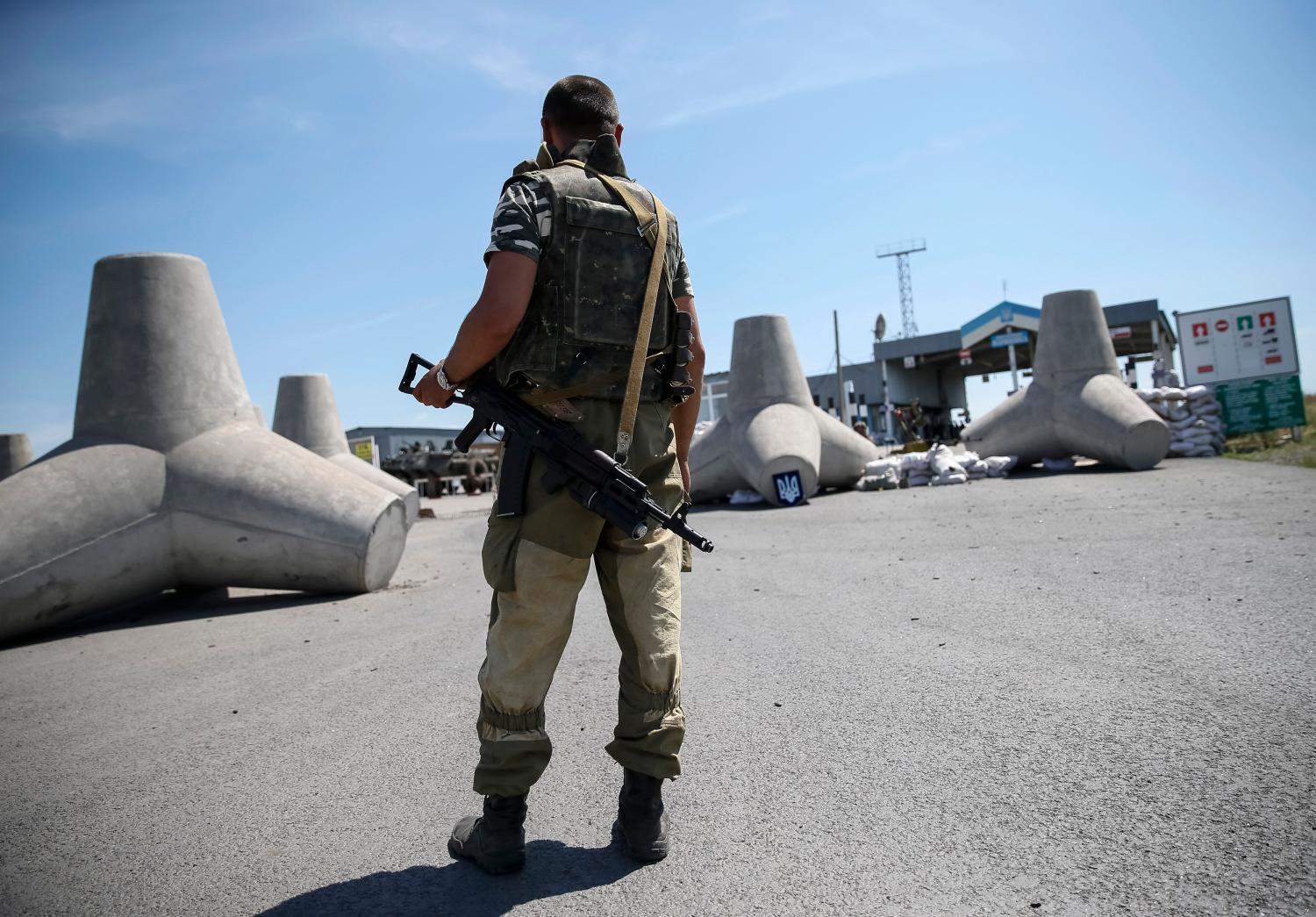Tensions between Russia and global leaders have heightened following President Vladimir Putin’s decision to reclaim Crimea as a part of Russia. László Borhi examines Russia’s growing modern influence and asks the question: does Russia’s aggressive seizure of Crimea and destabilization of Eastern Ukraine signify a return to the USSR Cold War Era-dominance?
Borhi analyzes the alarming parallels between Cold War-era USSR and modern Russia, comparing their motivations, their “takeovers” of surrounding countries, and the impact that economic sanctions have had on ending expansionist efforts.
Motivations:
- Then: Soviets wanted military and economic space in Eastern Europe. Soviets strengthened both their security zone and their launch pad for attack by strategically placing troops in areas like the Carpathian Mountains in Ukraine.
- Now: Russia reclaiming Crimea may signify a heightened importance of Romania in the eyes of Russian leadership. The next step for Putin would be to reclaim the USSR’s strategic bases from the Cold War.
“Takeovers”:
- Then: Increasing access to raw materials and economic markets, the Soviets were able to gain political leverage and control the supply of materials to companies – giving it power over the market.
- Now: Russia is working toward control over the markets and over energy transportation routes, thus enhancing surrounding countries’ dependency on Russian energy and using that as political leverage.
Sanctions:
- Then: Disagreement between allies over how far the sanctions should go and lack of support from the business sector meant that sanctions had a limited impact on the Soviet Union during the Cold War era.
- Now: Sanctions may harm members of the western alliance and weaken the state of the European Union, thus strengthening the power that Russia has over surrounding states.


